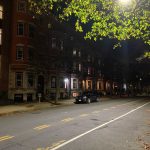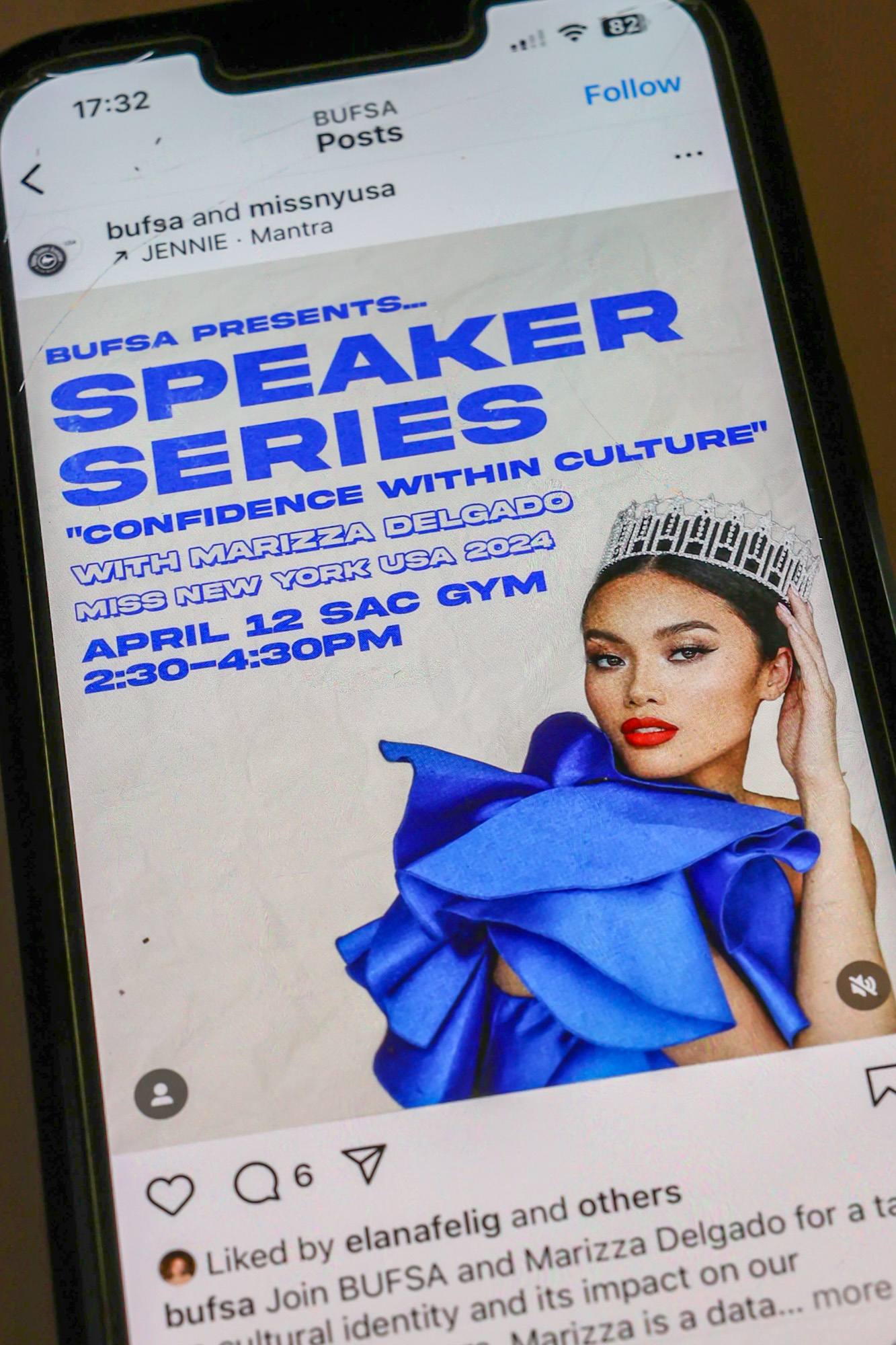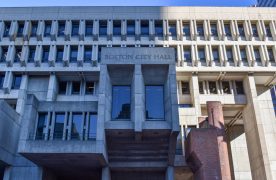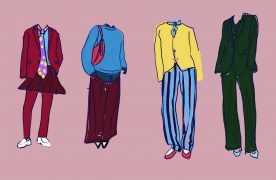The Learn from Anywhere model that Boston University has adopted for Fall 2020 will allow students to choose their learning experience: virtual, in-person or a mix of the two. Regardless of individual selections, however, the way classes operate will see many changes this semester.
Some classes will be entirely remote, meaning that both in-person and virtual learning students will attend class via Zoom each day. Other classes will be entirely in-person — if the room size and number of students enrolled permit it — and other classes will have “pods.”
The pods are assigned groups formed by the professor or teaching fellow who will designate which days of the week in-person students will be eligible to come into class. On the days a student’s pod is not assigned for in-class learning, that student will be required to attend the lecture virtually.
This year, classes will be equipped with added technology that will allow professors to simultaneously teach virtually — via Zoom — and in person. There are pro LfA classrooms and basic LfA classrooms, each of which provide slightly different technological offerings.
Each pro LfA classroom will have a camera that will record lectures, and professors will be able to share PowerPoint slides on their personal computer or the room’s desktop. The slides can then be projected onto the screen in the classroom and screen shared on Zoom for those joining remotely.
In a basic LfA classroom, professors will need to use the wall outlets to plug in their personal laptop, as these rooms do not have computers installed. Cords will be required to sync the laptops with the microphone and camera in these rooms.
Both types of rooms will also come with at least a ceiling microphone that will allow for all voices present to be captured. For professors who feel they need further voice amplification, the University will provide an additional USB microphone.
The University has provided instructional videos for how to work the LfA technology on the BU Classrooms website.
Unless professors choose to project the remote students onto the projector or in-person students opt into the Zoom call, in-person students will only be able to see those in the room. Similarly, remote students will only be able to see in-person students who are within range of the in-room camera.
LfA classroom moderators — a new job on campus for student workers — will be assigned to classrooms to offer in-person assistance with technology and help engage with remote students. Moderators will be in classrooms with faculty who do not already have a teaching assistant and have more than 20 students enrolled.
For some courses, the physical classroom space has also changed. In attempts to de-densify spaces during the COVID-19 pandemic, some classes have been reassigned to the Tsai Performance Center — which has not been used for classroom spaces before.
The University has also decided to use available rooms within the George Sherman Union for classes this Fall.
Reassignments are still being processed and may take place up and through the first week of classes, according to Christine Paal, assistant vice president and university registrar.











